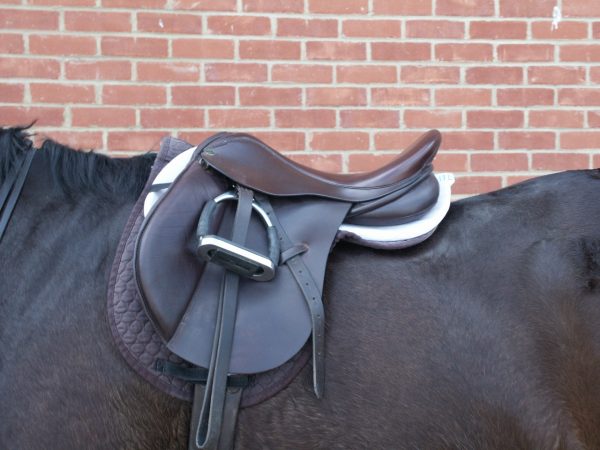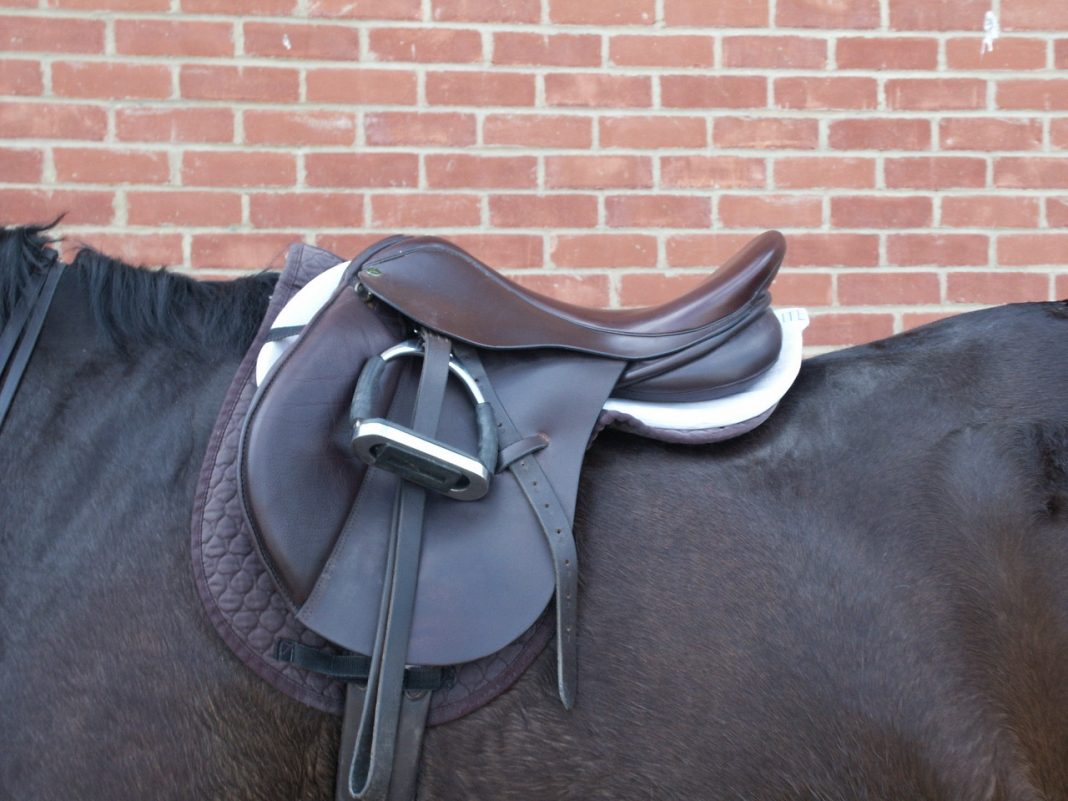The equine saddle is the linchpin for horse and rider interaction and has a significant bearing on performance and welfare. As awareness and knowledge of this important three-element relationship continues to develop, the Equine Veterinary Journal (EVJ) has made the latest information from the recent Saddle Research Trust (SRT) conference free to access in a special science-in-brief online editorial here .
The third Saddle Research Trust conference, held on 8th December 2018, explored horse, rider, saddler interactions with a focus on welfare and performance. The event, sponsored by World Horse Welfare and WOW Saddles and chaired by Professor René van Weeren from Utrecht University, saw eminent speakers sharing their vast experience and landmark research with vets, saddlers, equine therapists, professional and leisure riders and trainers.
It seems that riders have a poor perception of their weight distribution: Russell Mackechnie-Guire of Centaur Biomechanics discussed the prevalence and causes of rider asymmetry and the importance of the correct horse, rider and saddle combination.
Inertial sensors are a breakthrough in lameness diagnostics: Dr Thilo Pfau from the Royal Veterinary College discussed recent advances in inertial sensor-based asymmetry assessment, emphasising the importance of differentiating between measurement of movement asymmetry and the expert judgement about the presence and extent of any lameness.
Greater knowledge of rider locomotion patterns may be a route to enhancing performance: Professor Lars Roepstorff from the Swedish University of Agricultural Sciences discussed frontal plane symmetry patterns, the impact of foot pronation on pelvic drop and the fact that riders adopt the same postural asymmetries when riding as when rocking a balance chair.

Some causes of locomotor asymmetry in horses are not related to lameness: In her keynote talk Professor Emerita Hilary Clayton from Sport Horse Science in the USA explained that structural and functional asymmetries are common in people and animals and it is important to distinguish between asymmetries in the horse’s movement due to sidedness from those arising due to the trainer’s side preference, and those resulting from mild lameness.
Horses can communicate pain and it is possible to understand them: In the second keynote talk Dr Sue Dyson from the Animal Health Trust and SRT Honorary Veterinary Advisor addressed the topical area of pain recognition in relation to lameness evaluation of ridden horses. She described her studies of facial expressions and other behaviours that may be associated with pain in ridden horses.
Size definitely matters: Dr Dyson together with Dr Anne Bondi from the SRT, Laura Quiney from the AHT and Professor Pat Harris from WALTHAM Centre for Pet Nutrition, showed how riders who are an inappropriate weight or size for the horse, combined with a saddle that does not ideally fit the rider, can cause temporary lameness, behavioural changes, back muscle tension and pain in the horse.
In the afternoon a panel of key figures within the equine industry discussed research and the future from the perspectives of welfare and performance, the media, the sport’s governing bodies, the saddlery industry and the need for change, and social licence. Olympic medal winning dressage rider, Richard Davison, summed up the day.
The conference was followed by a two-day workshop chaired by Professor René van Weeren, and attended by invited representatives from industry and research. Challenges facing the saddle fitting profession were discussed including the need for better collaboration and communication between the scientific community and the equine industry to advance innovation in saddle design and manufacturing. Horse simulators were advocated as a safer and more cost-effective method for novice riders to practise their skills.
“Advances in saddlery are fundamental to the continued improvement of welfare and performance in ridden horses,” said Celia Marr, editor of the EVJ. “The Saddle Research Trust Conference is proving to be an important international platform for sharing the latest knowledge and research on rider-saddle-horse interaction, while the workshop has identified priorities for future investigations and generated important new research collaborations.”
The special science-in-brief is available free online here.











